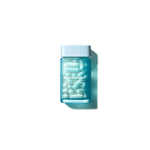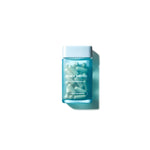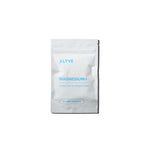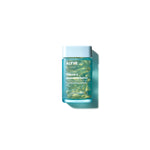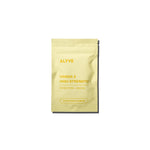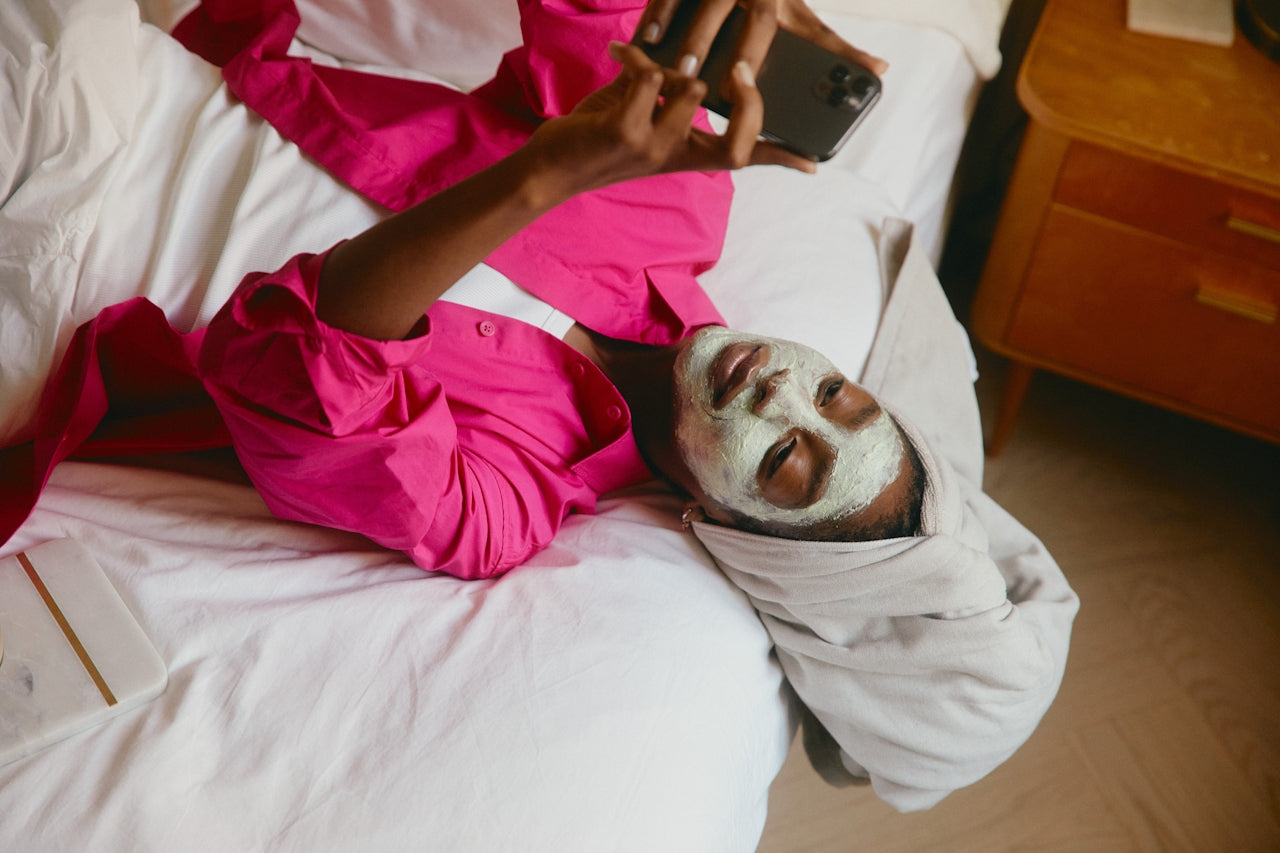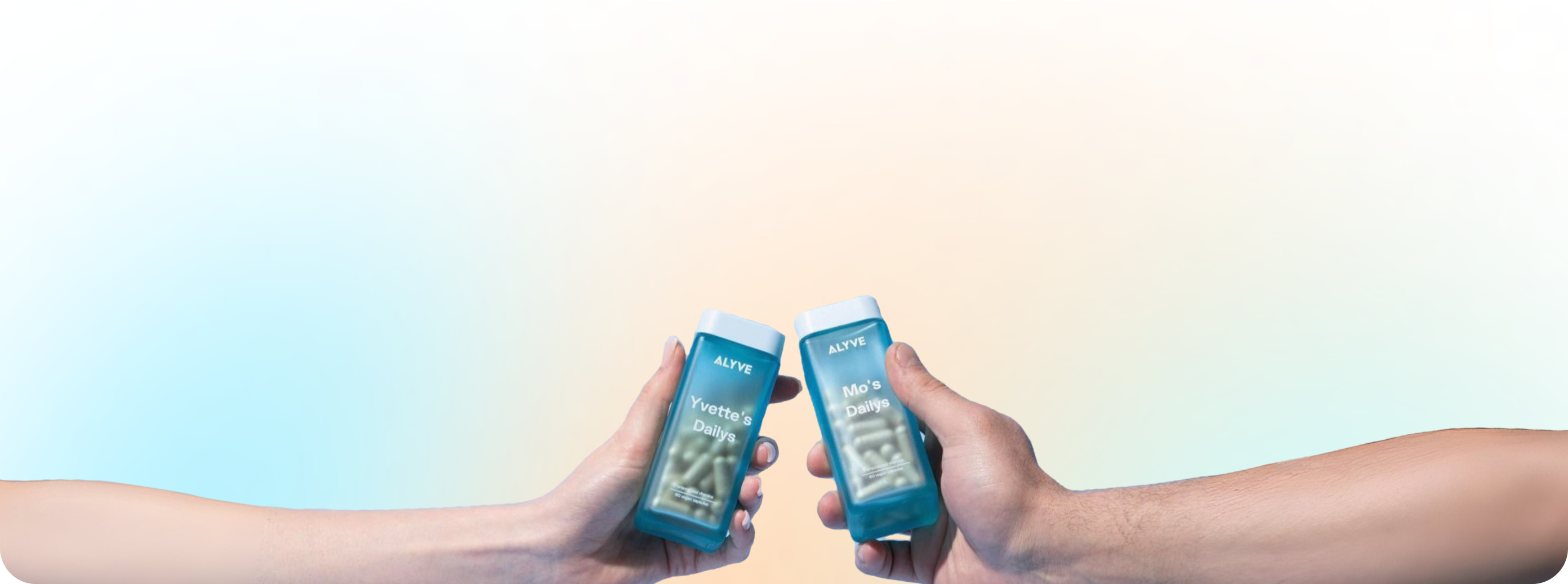In the ever-evolving landscape of wellness trends, mouth-taping has emerged as a controversial and intriguing practice. Advocates claim it improves sleep quality, reduces snoring, and enhances overall health. But what exactly is mouth taping, and should people really be doing it? Let’s explore the ins and outs of this trend, examining its potential benefits and drawbacks.
What is Mouth Taping?
Mouth taping involves placing a piece of specialized tape over the lips before sleep to encourage nose breathing instead of mouth breathing. This practice is based on the belief that nasal breathing is more beneficial than mouth breathing, particularly during sleep. Proponents of mouth-taping argue that it can lead to a variety of health improvements.
The Benefits of Mouth Taping
Improved Sleep Quality: Nasal breathing promotes the production of nitric oxide, which helps improve oxygen absorption and circulation. This can lead to more restful and deeper sleep, leaving you feeling more refreshed in the morning.
Reduced Snoring: Mouth taping can help reduce or eliminate snoring by keeping the mouth closed and promoting nasal breathing. This is particularly beneficial for those who snore due to open-mouth breathing.
Better Oral Health: Mouth breathing can lead to dry mouth, which increases the risk of tooth decay and gum disease. Keeping the mouth closed helps maintain saliva production, which is essential for oral health.
Enhanced Respiratory Health: Nasal breathing filters, warms, and humidifies the air we breathe, providing better protection for the respiratory system. It can also reduce the likelihood of inhaling allergens and pathogens.
Potential Improvement in Conditions Like Sleep Apnea: Some people with mild sleep apnea have found relief through mouth taping, as it encourages a more consistent and controlled breathing pattern.
The Drawbacks and Risks of Mouth Taping
Discomfort and Anxiety: For many, the idea of taping their mouth shut can induce feelings of discomfort or anxiety. This can make it difficult to fall asleep or stay asleep.
Breathing Difficulties: People with nasal congestion, sinus problems, or other respiratory conditions may find it difficult or unsafe to breathe solely through their nose. Mouth taping in such cases can exacerbate breathing issues.
Skin Irritation: The adhesive on the tape can cause irritation, redness, or even allergic reactions on the sensitive skin around the mouth.
Potential for Serious Health Risks: For individuals with severe obstructive sleep apnea or other significant respiratory conditions, mouth taping can be dangerous. It can block the only viable airway during sleep, leading to potentially serious consequences.
Lack of Scientific Evidence: While anecdotal evidence and small-scale studies suggest benefits, there is a lack of large-scale, peer-reviewed research confirming the efficacy and safety of mouth taping.
Should You Try Mouth Taping?
Whether or not to try mouth taping depends on individual circumstances and health conditions. Here are some factors to consider:
Consult a Healthcare Professional: Before attempting mouth taping, it’s crucial to discuss it with a healthcare provider, especially if you have any underlying health conditions or sleep disorders.
Evaluate Nasal Health: Ensure that your nasal passages are clear and healthy. If you have chronic nasal congestion or sinus issues, mouth taping might not be suitable.
Start Slowly: If you decide to try mouth taping, start with a small piece of hypoallergenic tape and use it for short periods to see how your body responds.
Monitor Your Response: Pay close attention to how you feel in the morning and any changes in your sleep patterns. If you experience any negative effects, discontinue use and consult a healthcare provider.
Mouth taping is a fascinating trend with potential benefits, particularly for those looking to improve sleep quality and reduce snoring. However, it is not without risks and drawbacks. The practice should be approached with caution, and it is essential to consult a healthcare professional before incorporating it into your routine. As with any wellness trend, what works for one person may not work for another, so it’s crucial to listen to your body and prioritize your overall health and safety.
